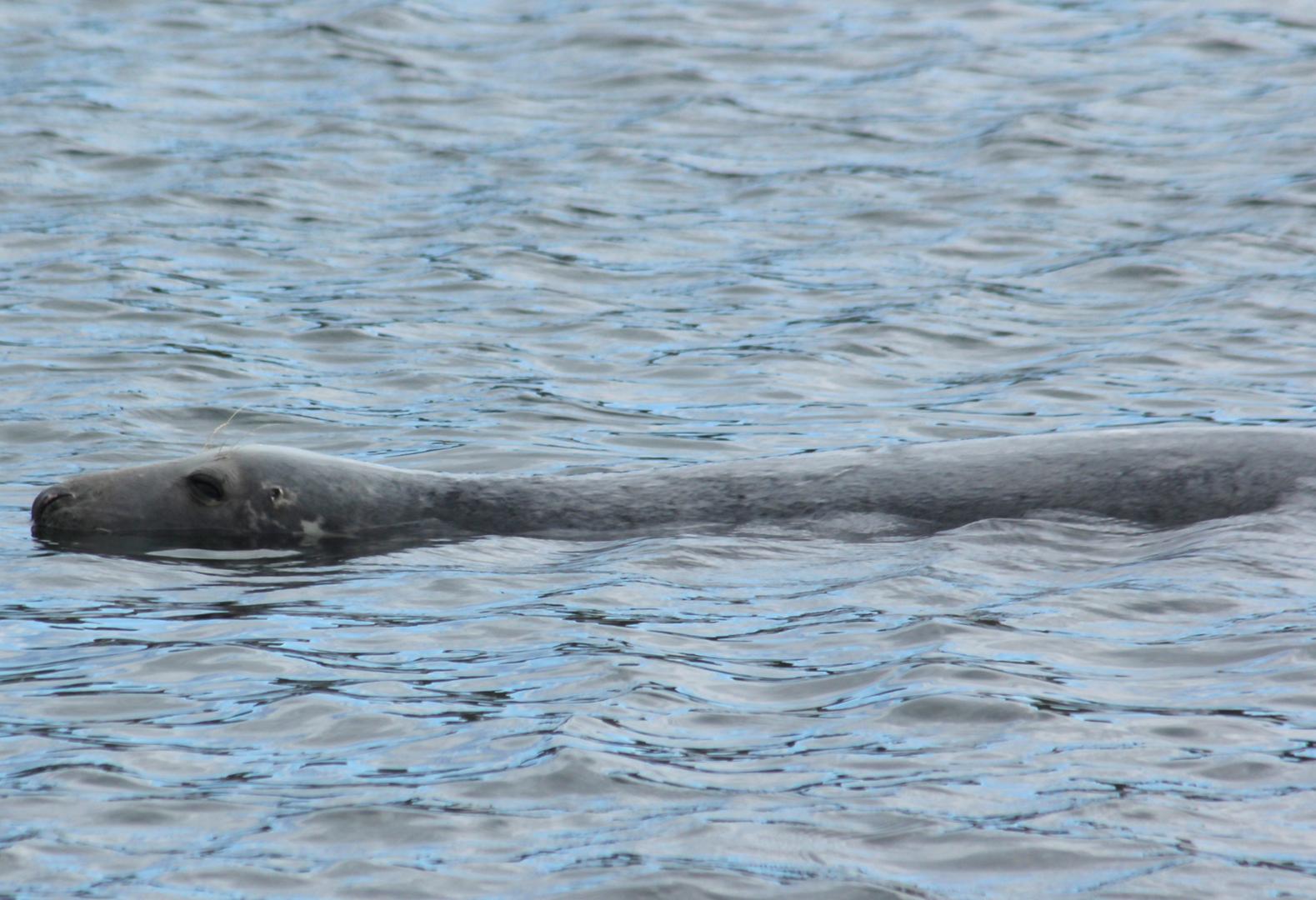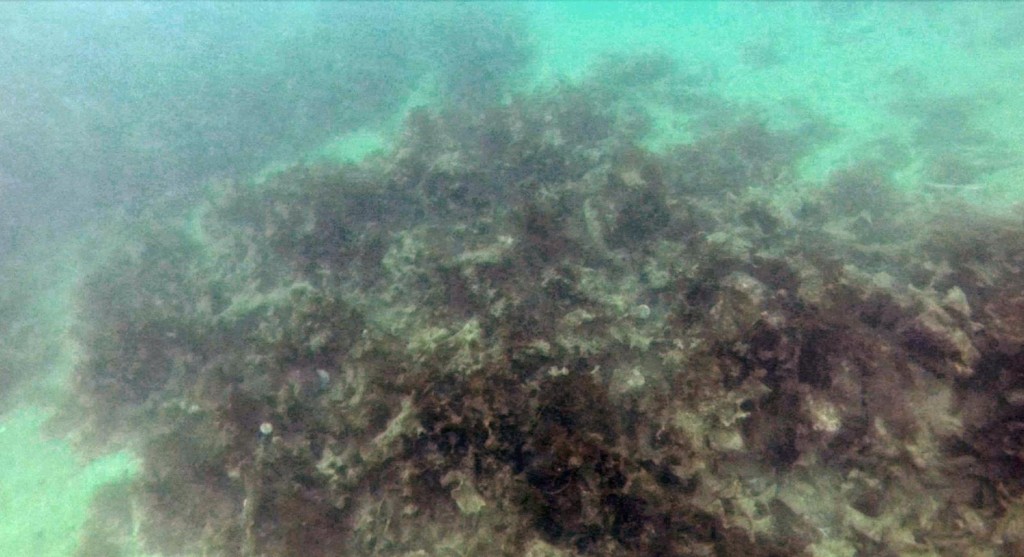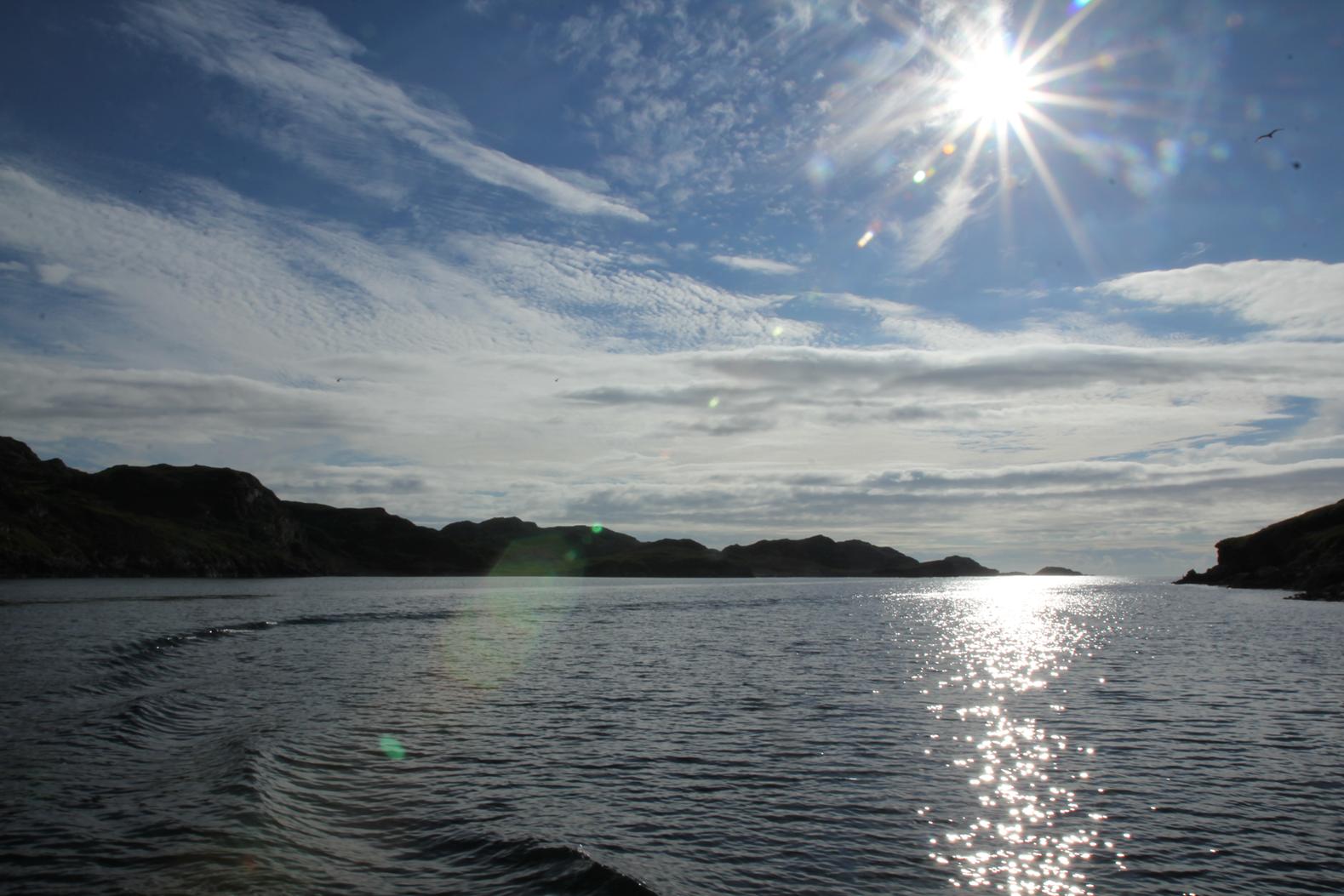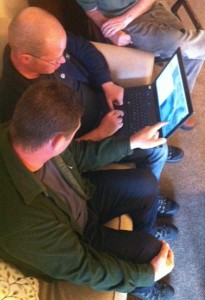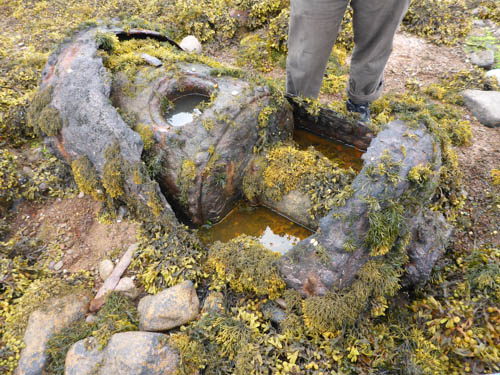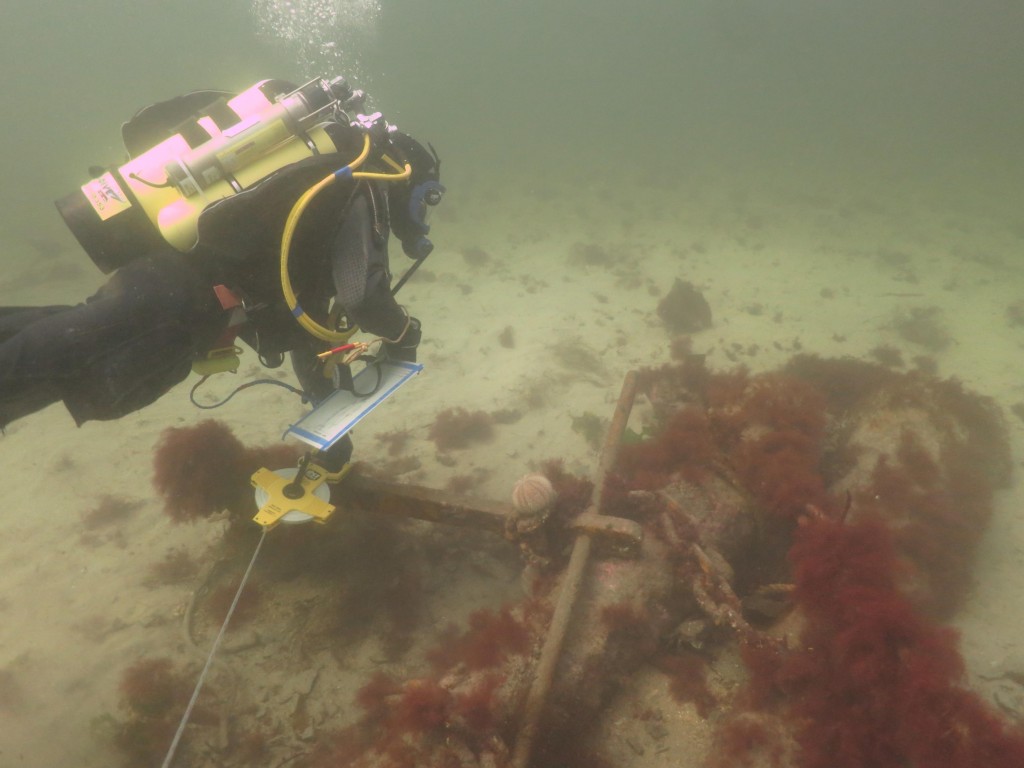
Volunteer and WA Coastal & Marine divers preparing to make a dive this week from the Kinlochbervie boat MV Nimrod
Local knowledge has been the key to Project SAMPHIRE. All of the information gathered for the project has been shared with us by the maritime communities of NW Scotland. We were very fortunate this week to be joined on the dive vessel and underwater by volunteers. Many of the volunteers have spent thousands of hours on or under the water for work and pleasure and have an unrivalled knowledge of the seabed. We are slowly building bridges with these communities and it is clear that there is a huge potential for enhancing our knowledge and appreciation of our seabed and Scotland’s underwater cultural heritage.

An anchor on the seabed at Loch Laxford
We have undertaken several dives on this site in Loch laxford during the last few days and have taken accurate GPS coordinates of the site location. There are only a handful of recorded losses in this area and we are optimistic about making an identification. This image shows an anchor lying in a gully at around 20 metres depth.

WA Coastal & Marine diver John McCarthy encounters a jellyfish loitering near a reported wreck site near Kinlochbervie
We’ve enjoyed meeting some of the local inhabitants of the area over the last week of dive surveys!
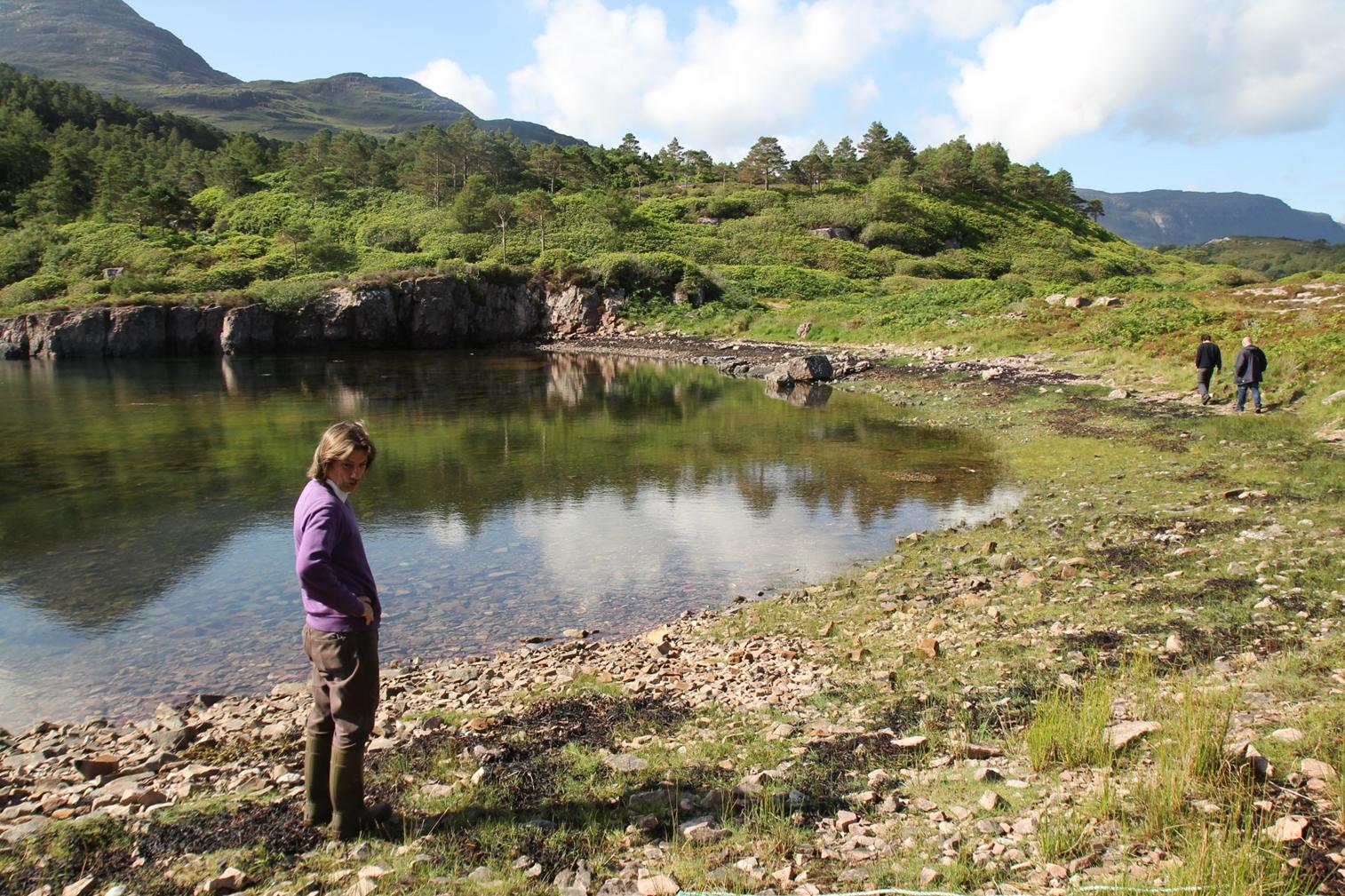 Local resident Andrew Patrick accompanied us on our visit to the site and gave us lots of useful information and assistance.
Local resident Andrew Patrick accompanied us on our visit to the site and gave us lots of useful information and assistance. Dive survey in Loch Torridon. We were able to establish that the anchor was relatively modern in date and is likely to relate to the early establishment of fish farms in the loch (possibly from the 1960s), allowing us to move on to the next site.
Dive survey in Loch Torridon. We were able to establish that the anchor was relatively modern in date and is likely to relate to the early establishment of fish farms in the loch (possibly from the 1960s), allowing us to move on to the next site.


